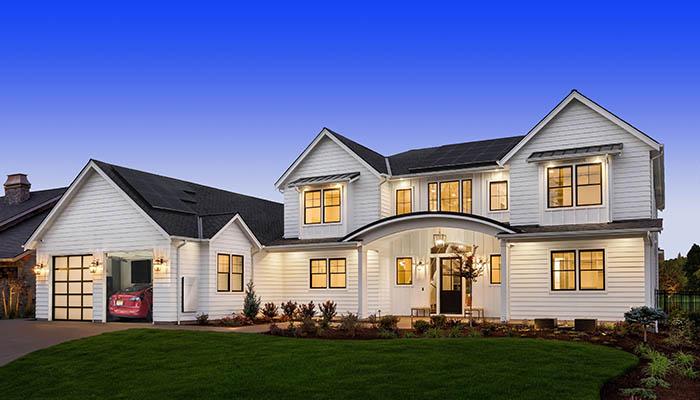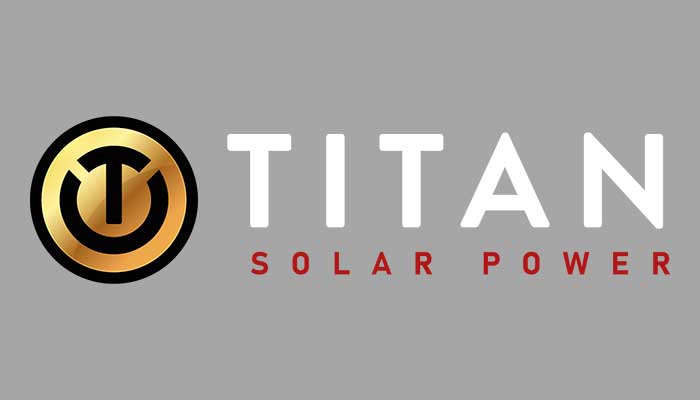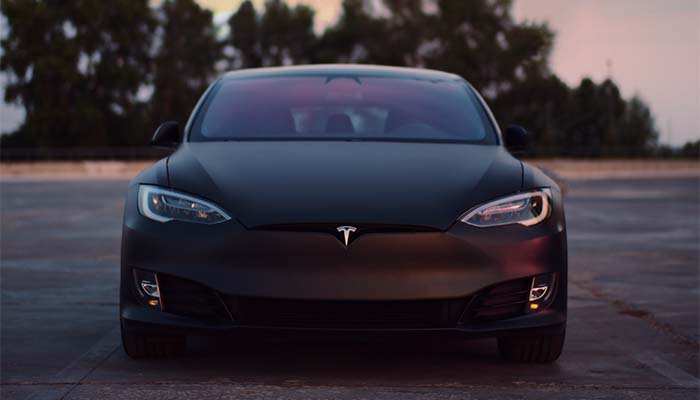
Updated January 30, 2022
When you install a solar system, you’re not just reducing your carbon footprint and protecting the environment. You’re also saving a ton of money on your monthly power bill. But solar panels are also a major investment and can take several years to pay for themselves. So, what happens to your solar panels when you move?
If you own your solar panels outright, you have the choice of moving them to your new house or leaving them on your old house. If you’re leasing or financing your solar panels, your options will be more limited.
Here, we’ll discuss everything you need to know about moving with your solar panels. We’ll also talk about what happens if you leave them with your house. Let’s begin!
Can I Take My Solar Panels to My New House?
Yes, you can take your solar panels to your new house. But depending on your situation, the process could be excessively complicated, and it might be prohibitively expensive.
Before you decide to move with your solar panels, you’ll want to consider the following factors.
Will the Panels Fit?
Solar panels need to be installed differently depending on the configuration of the roof. For example, say you live on a ranch, and you’re moving to a two-story house with the same total square footage. In that case, your new roof is going to be half the size of your old one, which could be problematic for your solar panels.
But the size of your roof isn’t the only concern. The slope, angle, and configuration all make a difference. You also need to think about features like vents, chimneys, and dormers, all of which can complicate the installation.
In many cases, you’ll at least need to use different brackets, which is an additional expense.
Will You Get Enough Sun?
With modern solar panel technology, you can get plenty of efficiency in most parts of the country. That said, there are situations where you might not get as much sun.
Maybe you’re moving to a house in the woods, and the entire roof is shaded. Maybe you’re moving to Fairbanks, Alaska, where there’s not a lot of sunlight. In those kinds of situations, your solar panels might not produce enough energy to be worth the move.
How Far Are You Moving?
Depending on how far you’re moving, your solar panel may be harder or easier to move. If you’re moving within the service area covered by your solar company, you should be able to have them move the solar system for you.
Of course, this won’t be free. But you’ll have the peace of mind of knowing that the process is being handled by qualified professionals. Just as importantly, your warranty won’t be voided, since all the work is being done by the original installer.
Things get more complicated when you move outside of your solar company’s service area. Since they don’t operate in your new neighborhood, you won’t be able to have them move your solar panels.
In that case, you’ll either have to move the solar panels yourself or hire a third party to move them for you. Either way, your warranty will be voided, so it will probably make more sense to leave the panels in place.
One more thing to consider is that different states have different codes and regulatory requirements. If you’re moving out of state, you’ll need to check the applicable permitting laws before you proceed. You may also receive a tax incentive, or pay more in taxes due to a feed-in tariff.
Solar Panels Are Fragile
Solar panels are notoriously delicate. Not only are the photovoltaic cells sensitive to shocks and vibrations, but the internal wiring is also easy to damage. They need to be handled and shipped with extreme care, or they can be damaged.
This is another reason you shouldn’t move the solar panels yourself. The original installer will use proper techniques, and you’ll still be covered by your warranty. If you damage one of your panels yourself, you’ll be out of luck.
You Could Damage Your Roof
When solar panels are installed, they’re attached to brackets, which are screwed into the roof deck. When a panel is removed, you end up leaving holes all over your roof. These will all need to be patched and sealed, which takes time and effort.
On a related note, the roofing material under the solar panels will have been shaded by the panels. If those panels were in place for a long time, the shaded areas will not have faded as much as any exposed areas. This isn’t a structural or safety issue, but it’s an eyesore, and it can lower your home’s selling price.
How Much Does Moving Solar Panels Cost?
Let’s say you’ve decided to go ahead and move your solar system. How much is this going to cost? The short answer is that it’s expensive, but not as expensive as buying a new system. Here’s a more detailed breakdown of the costs:
- Moving the panels themselves costs between $4,000 and $8,000, depending on the size, complexity, and how far you’re moving. This includes the cost of removing the panels, packing them safely, shipping them to your new home, and reinstalling them.
- Patching and sealing your old roof costs between $500 and $1,000.
- The new roof may require new mounting hardware, pushing up the cost.
- Some municipalities charge a permitting fee for solar system installation. Depending on the area, this could be between $50 and $500.
Whether or not the move is worth the expense is up to you. On the one hand, you’re paying less than you’d pay for a brand new solar system. On the other hand, homes with solar systems sell faster than those without, and they sell for more money.
What if I Leave My Solar Panels Behind?
So, what happens if you leave your solar panels behind? It depends on how you paid for them. In fact, unless you fully own your solar panels, you won’t be able to take them with you. Here’s how the process works.
- If you own your solar system outright, it’s sold to the new buyer right along with the home. It’s handled the same way as a furnace, central A/C, or any other major appliance.
- If you lease your solar system, you’ll have a couple of options, depending on the terms of your lease. Ideally, the lease can simply be transferred to the new owner. However, if the new owner doesn’t want to take over the lease, you may have to buy out the lease from your solar provider.
- If you financed your solar system, it depends on the financing method. With secured financing, the loan is paid out of the escrow account at closing. If your financing is unsecured, you’ll have to contact your lender and find out how to pay it off. We should also point out that once you’ve paid off the financing, you’d be free to take the solar panels with you since you would own them outright.
Will I Lose Money by Leaving My Solar Panels Behind?
It depends, but you probably won’t. In fact, you may even come out on top. On average, buyers are willing to pay $15,000 more for a home with solar power than for one without. By comparison, a 5kW solar system costs an average of $16,800.
So if you just installed a brand new solar system, you’d lose an average of $1,800.
That said, that $16,800 is before any tax credits, which can run into the thousands of dollars. Assuming you took advantage of all available credits, you should come out ahead.
Another thing to keep in mind is that your solar system saves you money every month. If you had the system for five years, you’ve already saved a lot of money, and that should factor into your calculations.
Conclusion
Taking your solar panels with you when you move may or may not be worth the time and effort. It mostly depends on whether you’re able to have your system moved by the original installer, and maintain your warranty coverage.
It also depends on how you paid for your solar panels, and how much more potential buyers are willing to pay to get solar. A lot of times, you can leave your system behind and still make a profit on the transaction.



